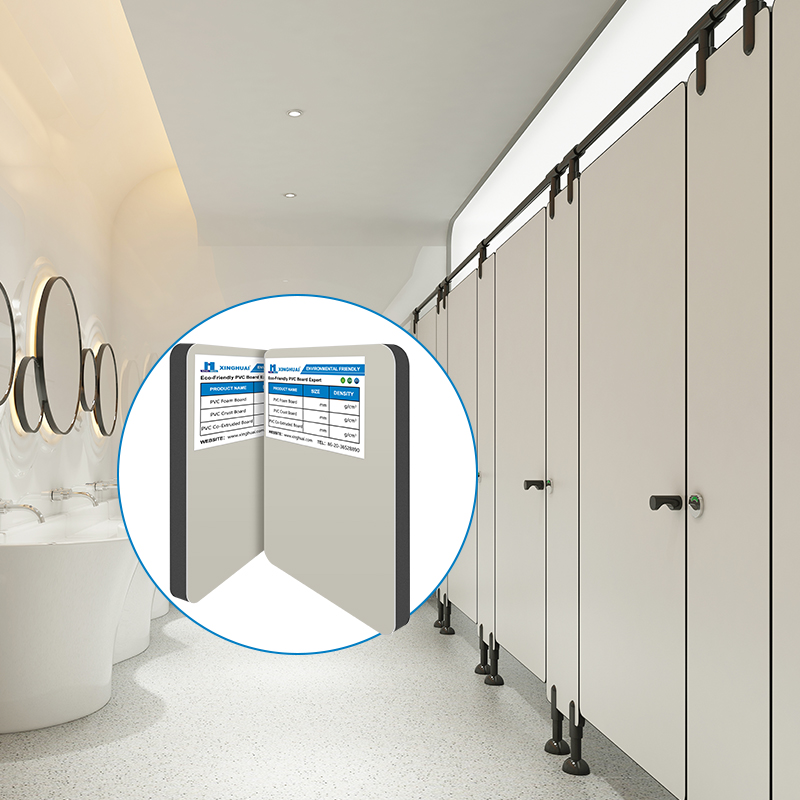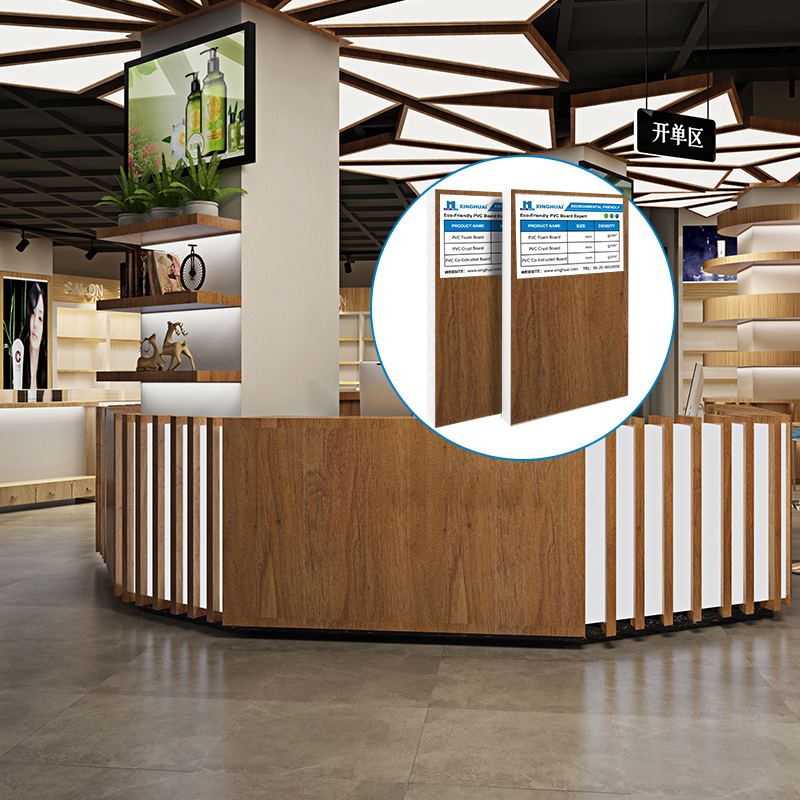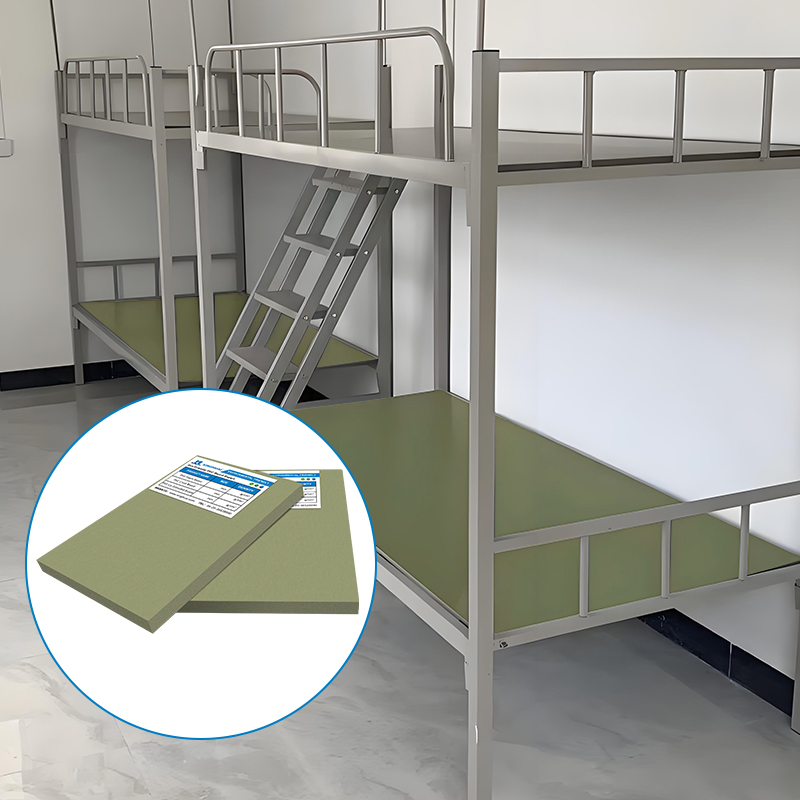How Environmentally Friendly Is PVC Board?
PVC board, widely used in construction, furniture, and interior design, has gained popularity for its durability, lightweight nature, and versatility. However, its environmental impact is a topic of growing concern.
Material Composition
PVC boards, including Celtec PVC boards, 3D PVC foam wall panels, and PVC crust foam boards, are primarily made from polyvinyl chloride (PVC). This synthetic plastic is derived from petroleum and salt, making its production resource-intensive. While recyclable, PVC often ends up in landfills, where it can take decades to degrade.
Energy and Emission Concerns
The production of PVC involves high energy consumption and the release of harmful chemicals, such as dioxins and chlorine gas. These emissions pose risks to both human health and ecosystems.
Durability and Reusability
PVC boards, like 1/2 PVC foam boards and gray PVC sheets, are highly durable and resistant to moisture, pests, and chemicals. Their long lifespan can reduce the need for frequent replacements, which helps offset some environmental costs. Additionally, many PVC products can be recycled into new materials, though this requires specialized facilities.
Sustainable Alternatives
While PVC boards offer practical advantages, environmentally conscious consumers might explore alternatives such as wood-based composites or biodegradable materials. Manufacturers are also innovating to produce greener PVC boards using recycled content and reducing harmful additives.
Conclusion
PVC boards are not the most eco-friendly option due to their production process and disposal challenges. However, their durability and potential for recycling provide some environmental benefits. To minimize their impact, opting for recycled PVC products or sustainable alternatives is a step in the right direction.




